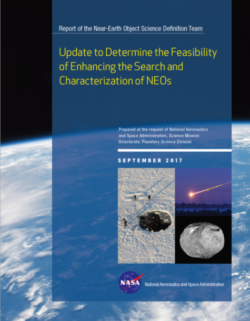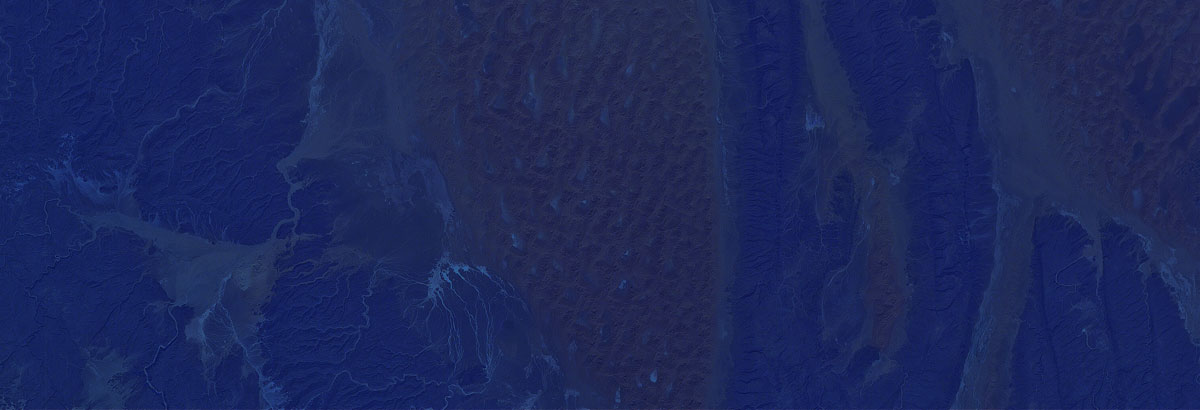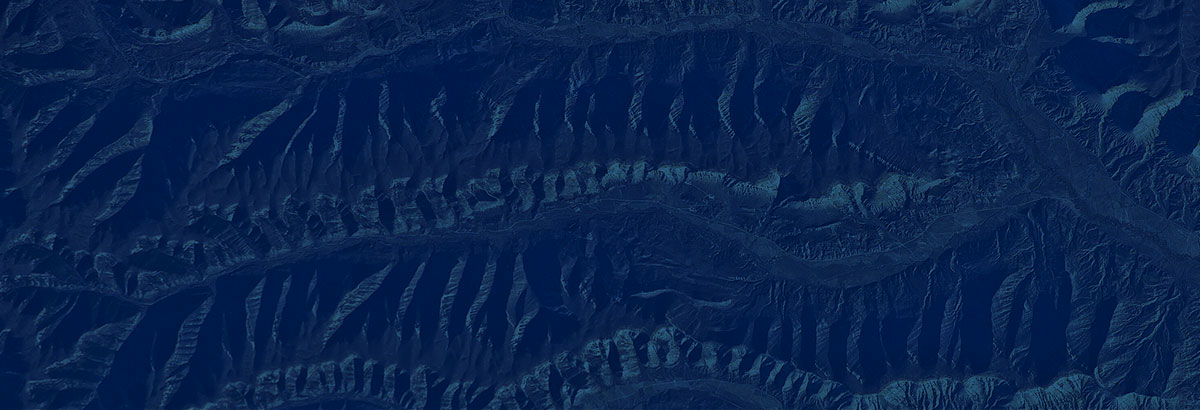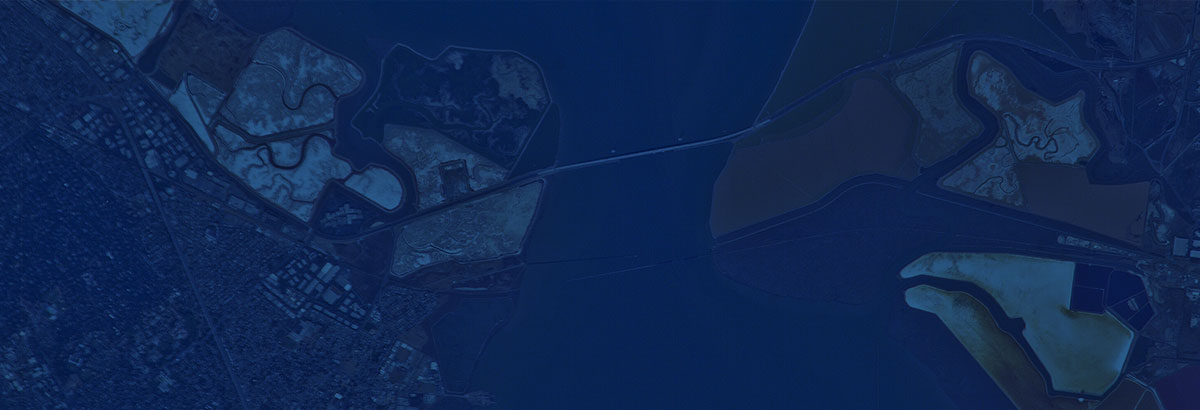A Look at the 2017 Updated Report on the Threat Posed by Near-Earth Objects
December 5, 2017
Harold Reitsema, Asteroid Institute Mission Director, looks at the updated 2017 report from NASA on the threat from near-Earth objects (NEOs).
NASA’s Near-Earth Object Science Definition Team has released an update to a previous report on the threat posed by near-Earth objects that was released in 2003[1]. This report provides a more thorough analysis of the threat using better asteroid and impact modeling capabilities and includes consideration of infrared sensors, space-based observatories, and coordinated multi-observatory search programs. The new report, titled “Update to Determine the Feasibility of Enhancing the Search and Characterization of NEOs,” considers the probability of Earth impact from asteroids of various sizes and carefully considers the consequential loss of human life that would result from various impact scenarios. The evaluation compared the cost of various missions versus the number of lives saved when averaged across the entire Earth over very long time periods. The goal was to “eliminate 90% of the uncharacterized risk from sub-kilometer objects” in the actuarial sense. The report concludes that achieving that objective requires discovery of 90% of 140-meter and larger objects and will require space-based observatories with visible and/or infrared sensors. The objective will be met even faster through coordination of space and ground observatories.
The B612 Asteroid Institute welcomes the new analysis of the physical consequences of impactors across a broader size range than the previous report. They show the importance of continued surveys of near-Earth asteroids for purposes of planetary defense against a future impact.
At the B612 Asteroid Institute we have adopted a different metric in our efforts, instead looking at the value of creating a dynamic map of the solar system that shows where asteroids are for purposes of scientific investigation, resource utilization and, yes, planetary defense. This places emphasis on smaller asteroids that even though they may have explosive energy 1000 times larger than the Hiroshima atomic bomb, were not rated as major threats in the NASA report. Objects as small as 30 meters can be discovered and cataloged by dedicated space-based and ground observations. There are over 1 million such objects, compared to the estimated 25,000 thought to be larger than 140 meters. Such a dynamic map of the smaller near-Earth asteroids will permit:
1) Telescopic observation to determine physical characteristics including size, shape, rotation state and, importantly, composition as required for consideration for resource utilization.
2) Visits by robotic and human missions that can make detailed investigations of the asteroid’s properties by nearby observation or direct landing. The very large catalog will permit
identification of asteroids whose orbital properties greatly simplify visits by spacecraft.
3) Planetary defense from more numerous asteroids smaller than 140 meters.
While the NASA report considered costs versus the long-term average of human life lost, there are other considerations that were not included in the NASA findings. Asteroid impacts are inherently random so that we cannot predict what the near-term risks are except in the average. But responses to disasters aren’t described by averages – one disaster is to be avoided if possible, even if it were unlikely. And there are many consequences of impacts that are not characterized by dollars per human life. An asteroid impact on a populous area that is only slightly larger than the 2013 airburst over Chelyabinsk, Russia, could create a societal reaction that is not predicted by the dollars/life metric.
The threat from even 30-meter objects is important enough to influence the development of future surveys. The nearly 100x increase in the number of objects compared to 140-meter size and larger requires new survey techniques to achieve a high level of completeness. The B612 Asteroid Institute is investigating the use of a constellation of small under-100-kilogram satellites in solar orbit to provide a catalog of the majority of the smaller asteroids. The satellites will perform on-board computation to identify and measure the motions of all NEOs in an image, allowing them to communicate their findings to Earth using existing low-cost telecom equipment. We are currently working on the design of a proof-of-concept satellite that will fly in low Earth orbit to demonstrate the on-board ability while also sending all data to the ground for building confidence in the performance of the automated system.
________________________________
 Harold Reitsema, Asteroid Institute Mission Director
Harold Reitsema, Asteroid Institute Mission Director
Harold Reitsema is a planetary scientist who has been a Research Scientist at the University of Arizona and Director of Science Mission Development at Ball Aerospace. He is the mission director for the B612 Asteroid Institute, leading the effort to develop methods to improve the rate of discovery of near-Earth asteroids.
















